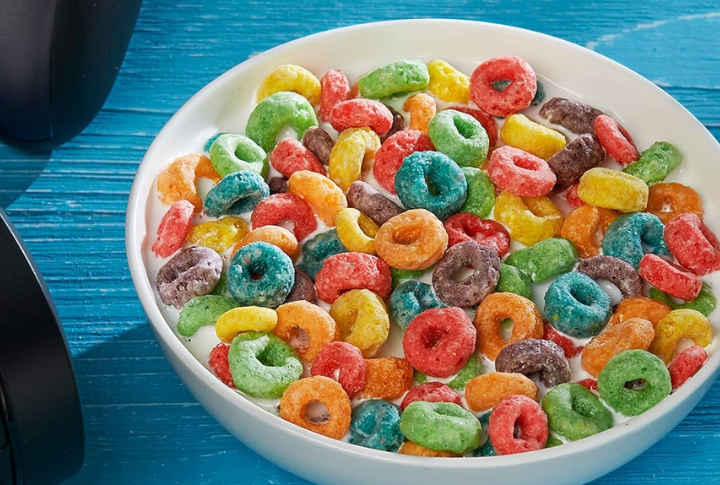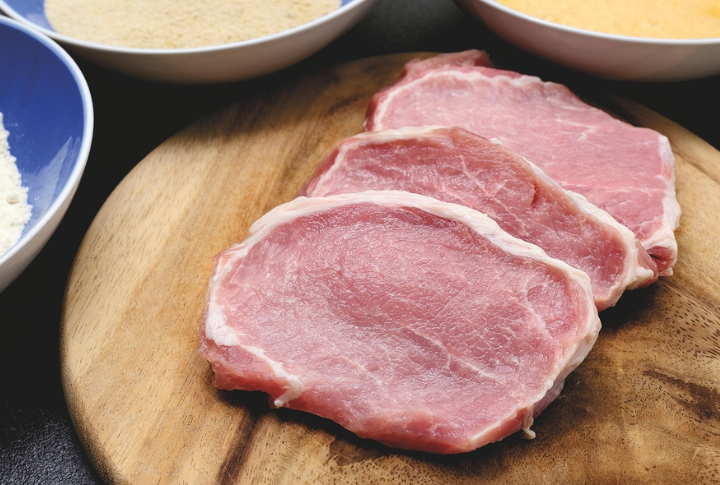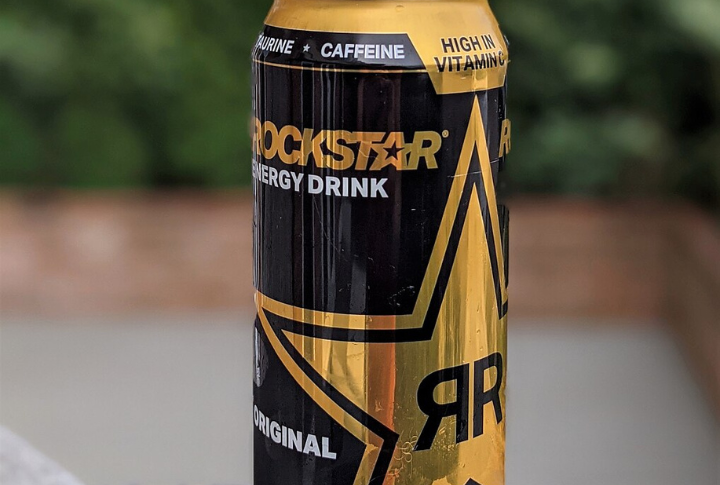
Brightly colored breakfasts, energy drinks that pack a punch, and meats supercharged for efficiency might seem normal at your local grocery store. Beyond U.S. borders, though, many of these everyday comforts trigger bans or warnings. Curious why? This list pulls back the curtain on ten familiar products that other countries won’t allow.
Breakfast Cereals That Color Outside The Lines

Flashy cereal boxes hide a controversial truth: American cereals often rely on artificial colors like Yellow 5 and Red 40 to boost their appeal. Europe demands warning labels or restricts them entirely. In 2007, a U.K. study also linked these additives to hyperactivity in children.
Pork Enhanced With Growth Promoters

Consider this: over 60% of U.S. pig meat comes from livestock-fed ractopamine, a drug outlawed in 160+ nations. The European Food Safety Authority cites cardiovascular risks for humans, and China blocks such imports. That familiar chop wouldn’t survive customs checks in much of the world.
Citrus Sodas With A Chemical Twist

Brominated vegetable oil (BVO) once kept citrusy drinks like Mountain Dew looking smooth and stable, but it also happens to double as a flame inhibitor. The U.K. banned it in 1970, India followed in 1990, the EU in 2008, and Japan implemented its ban in 2010.
Chicken Treated With Chlorine Washes

Imagine dunking dinner in disinfectant. U.S. poultry processors routinely bathe meat in chlorine to kill bacteria. However, the EU outlawed this process in 1997, raising concerns about covering up unsanitary slaughterhouse practices. Trade negotiators still wrestle with this chemical rinse versus ethical food production.
Dairy Products From Hormone-Treated Cows

Hormone-treated dairy products raise global concerns, especially regarding rBGH, a hormone that increases milk production. While the U.S. authorized its use in 1993, other countries like Canada, the EU, and Japan restrict it due to links to mastitis and potential cancer risks.
Candies Containing Banned Food Colorings

Red No. 3, a synthetic dye used in candies like Jolly Ranchers and Swedish Fish, has been banned in Europe since the 1990s due to cancer risks in animal studies. Despite FDA concerns, it still appears in U.S. candies, with manufacturers facing reformulation deadlines by 2027.
Baked Goods With Bleached Flour

Whitening flour with chlorine dioxide speeds up production, but not without controversy. The EU and Oceania ban the process, mainly due to concerns about chemical residues like alloxan. Although research links alloxan to effects in lab animals, global policies prioritize keeping unwanted additives out of your everyday bread.
Farmed Salmon With Artificial Pigments

In the wild, salmon get their pink color from eating krill. On U.S. farms, synthetic astaxanthin is used to achieve the same vibrant hue. However, due to environmental concerns and stricter labeling standards, countries like New Zealand limit its use in fish feed.
Bread With Dough Conditioners

Azodicarbonamide strengthens dough and is also used in yoga mats. Once found in Subway buns, it’s banned in Europe and Oceania due to health concerns, including respiratory issues. When sandwiches sound more like a lab experiment, many foreign markets choose to avoid them.
American Energy Drinks With Risky Additives

Fueling their punch, Monster and Rockstar rely on a potent mix of caffeine and taurine. Years ago, some blends even contained BVO before it was phased out. Some of the regulations vary globally—France halted Red Bull sales due to health concerns, while Denmark steadily sharpened its restrictions on energy drink strength.
